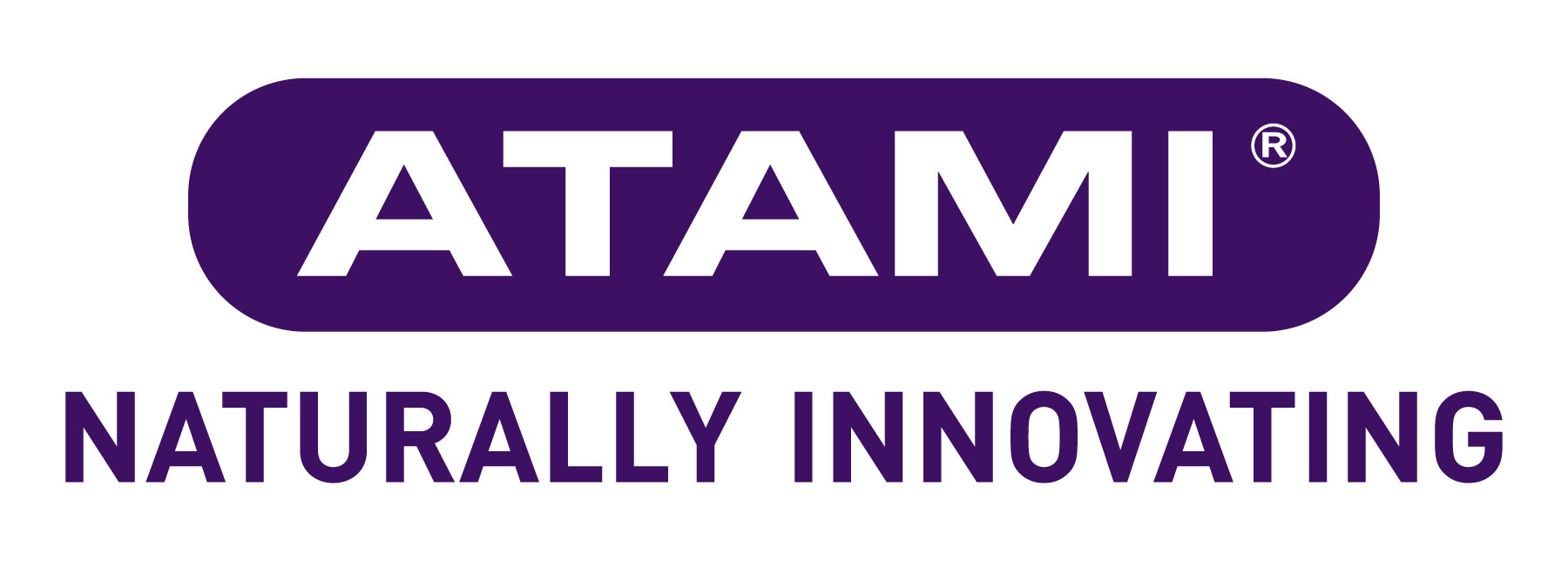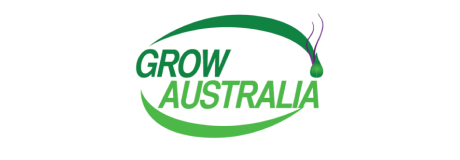Choosing the right LED
What's so good about LEDs anyway? Well, they put out less heat than HPS or CMH. They use less power and last a lot longer, making them better for your wallet and the environment. They can capture the full growing spectrum in one light. You don't need a separate ballast or shade giving you more space in your growing environment and fewer power cords to trip over.
With so much LED technology out there, it can be hard to know what LED is best for you. We've compiled our top tips to help you pick the LED that works best for you:
1. Make sure you know the surface area of your growing environment before you start shopping for LED's – this way, you can ensure you will be getting the right product(s) for your area. A standard 1.2M tent will be best suited to a 400-500w LED. A 2M tent requires around 600-700w – an LED like the Lucius Flex 645w would be ideal for a tent this size.
2. Be sure to take into consideration other factors in your grow room such as the reflection factor – if your walls are covered in mylar you will have a higher reflection level than standard white walls. You will also need to be aware of the mounting height and free height. Mounting height is the space taken up by mounting the unit. Free height is the space between the LED and the top of the plant canopy. The available free height can have an impact on your grow quality.
3. Know what plants you will be growing under the LED. If you are going to be growing fruiting plants, you will need something with both spectrums – to encourage growth and flowering. If you are looking for supplemental lighting for houseplants – a Hortitek Growsaber will do the job just fine.
4. Understand the different options – and pick what works best for you and your area. As we briefly touched on above, various LEDs have different spectrum outputs and cover different areas. Most LEDs are Full Cycle – these are designed to grow a plant from seedling to flower under one light – the dimmer function on the LED can help transition between these two phases. LEDs also come in different output colours – the most common is white light, but there are also purple LEDs. The difference between these two is that white LEDs contain green light, whereas purple LEDs contain only blue and red. Philips lighting have a great article on the useability of different coloured LEDS which explains it in depth, you can read that here.
5. Don't be a cheapskate. The truth is decent LEDs aren't cheap, and if a LEDs pricing seems too good to be true – it probably is. Quality parts don't come cheap, and quality parts will last you a lot longer than cheaper alternatives. Remember, a LED grow light is an investment, it may seem expensive up front, but it will last years.
If you are changing from HPS to LED, there are a few things to watch out for:
• Wrap your head around PPFD. PPFD is photosynthetic photon flux density – basically, the amount of PAR that reaches the plant canopy. To simplify it even more, it's the amount of usable light the plant is getting. You need to understand this as it will help you maximise your grow. There is an app called photone that will help you with this.
• LED's put out less heat, which means technically, your medium doesn't dry out as quickly. However, the higher PPFD from the LED will allow your plants to uptake nutrients more rapidly – which can cause them to dry out. We recommend checking your plants daily while getting used to your LED.
• LED diodes are a lot more potent than other grow lights, and this means your plant canopy cannot be as close to the light as it would with an HPS unless you dim it. LEDs put out more usable light than HPS, but if not set at the correct levels, you can cause issues in your plant. If your LED is too close and not dimmed enough, your plant will get light burn/bleaching and a diminished yield. On the other hand, if your LED is too far away and dimmed too much, you will have slow growth and a reduced yield. Ideally, your PPDF rating will be between 400-600μmol during the veg stage and 800-1000 μmol during flowering.
Now you are armed with our top tips; you can jump into the world of LED and watch the quality of your grow improve.



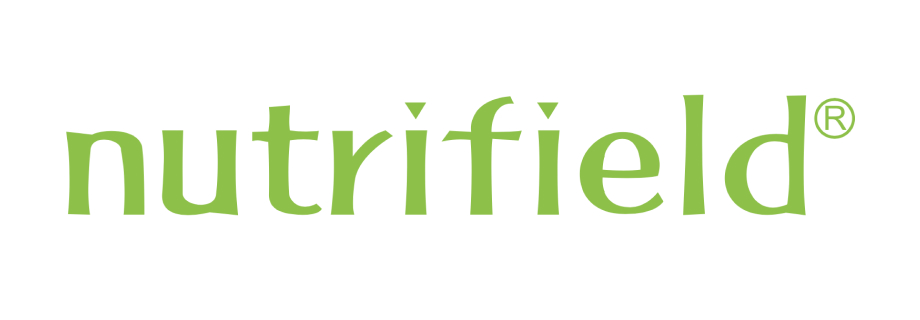



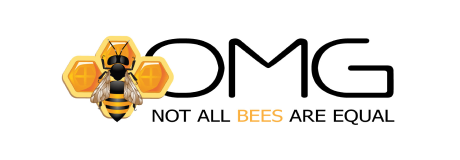
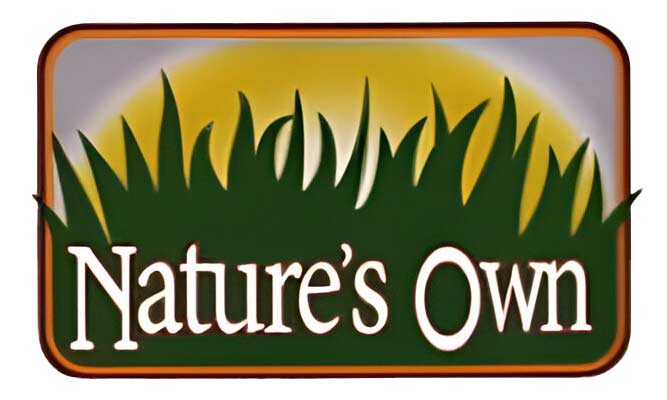

















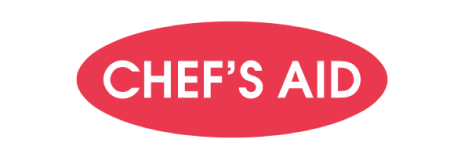




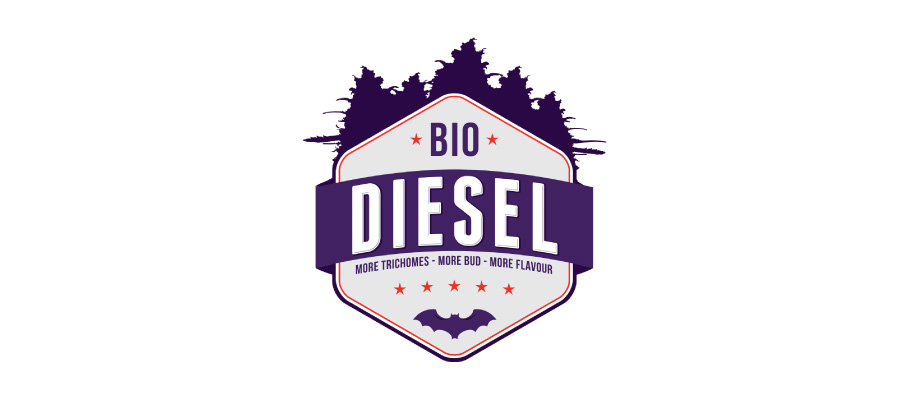

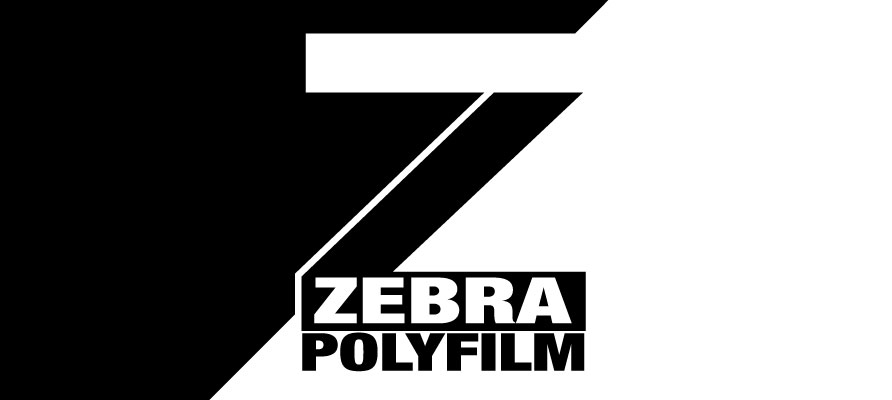


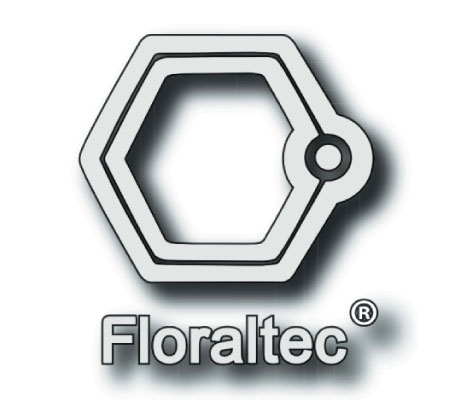

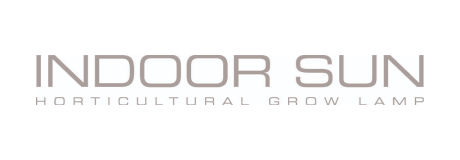



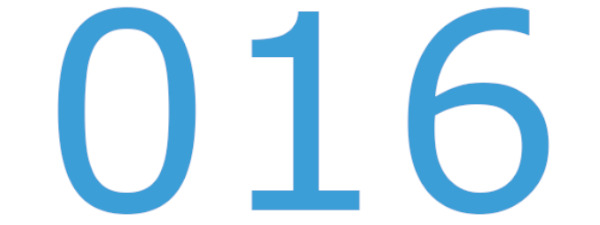

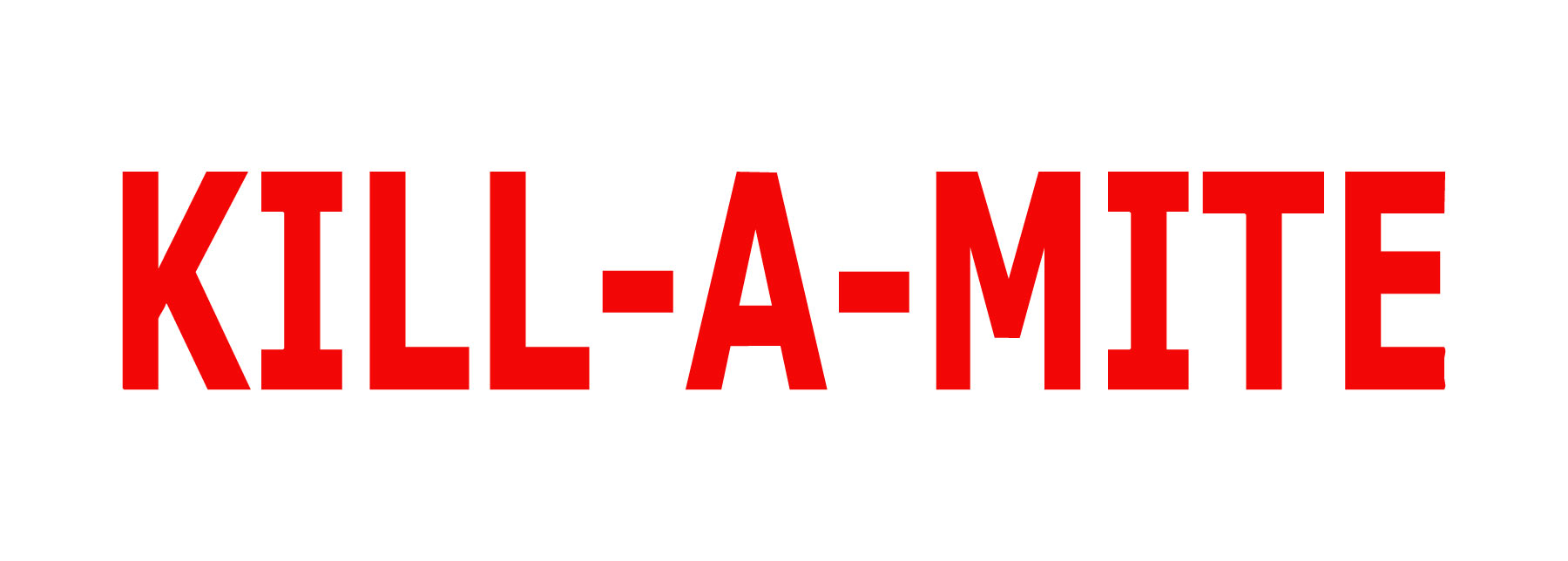




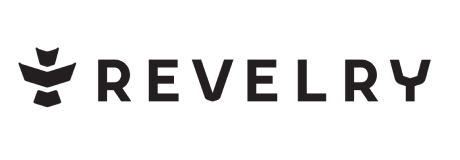




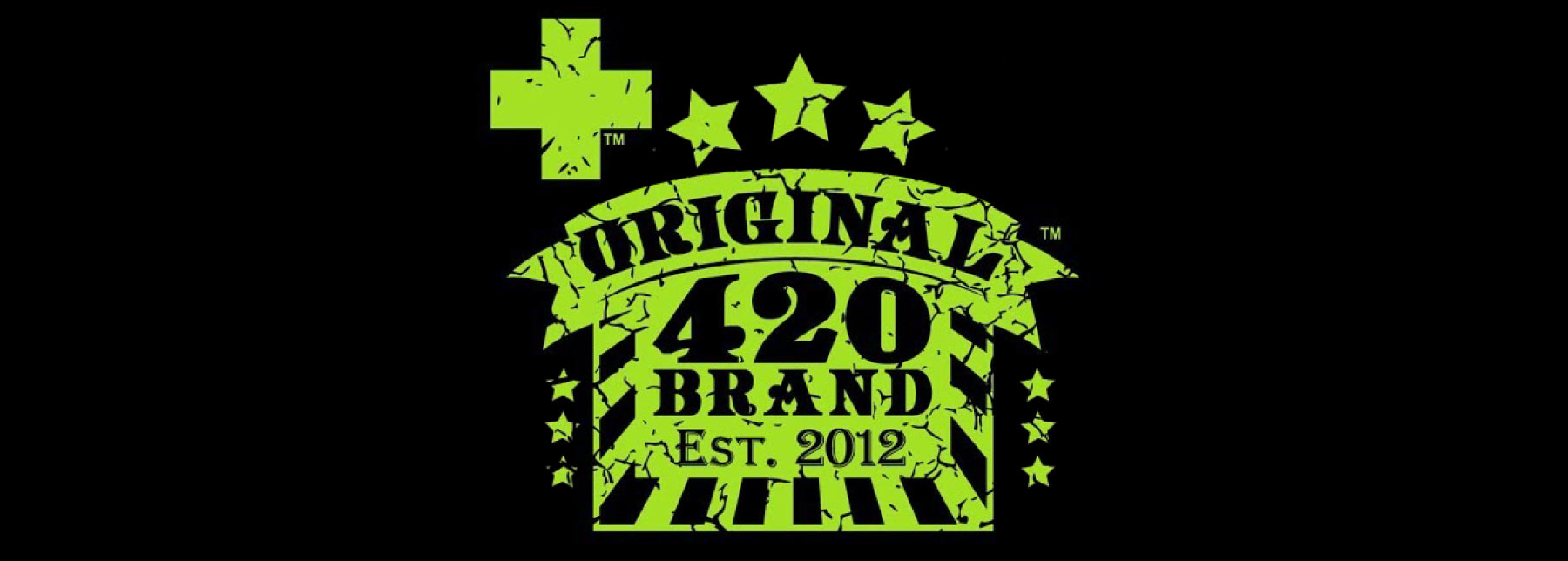


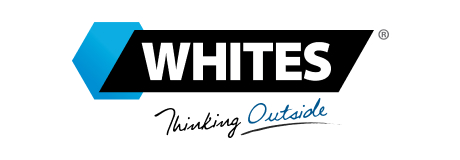





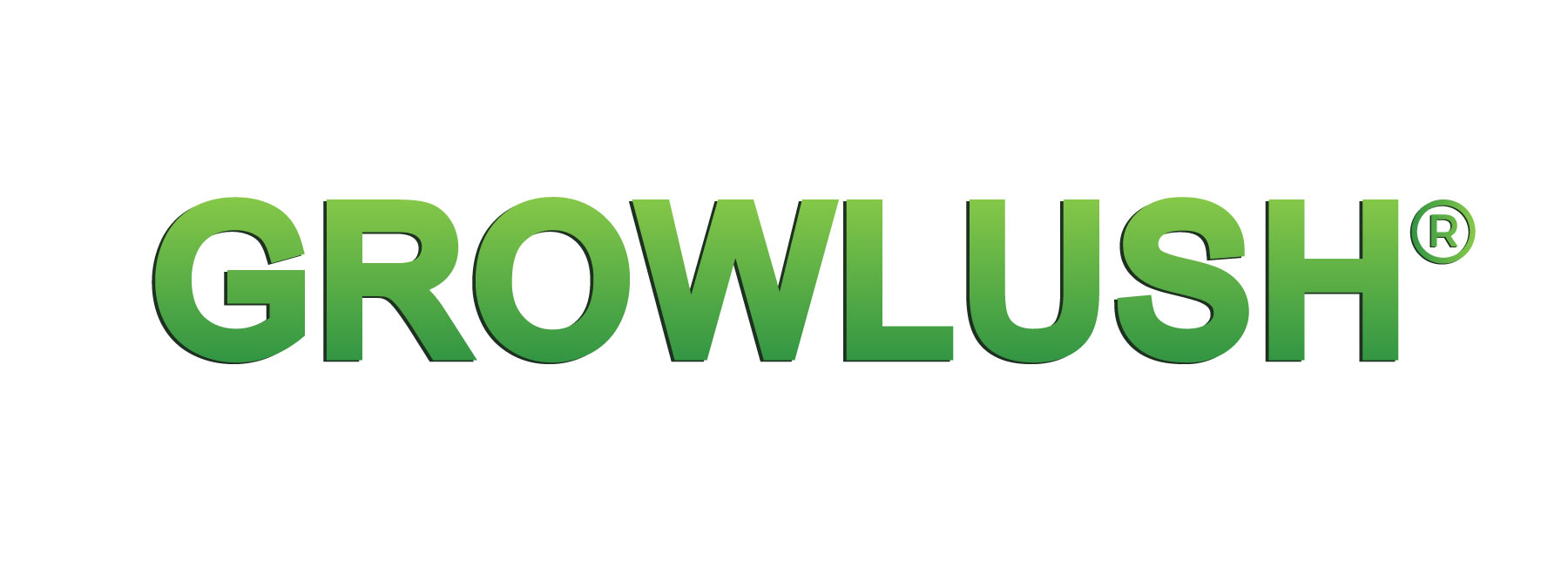


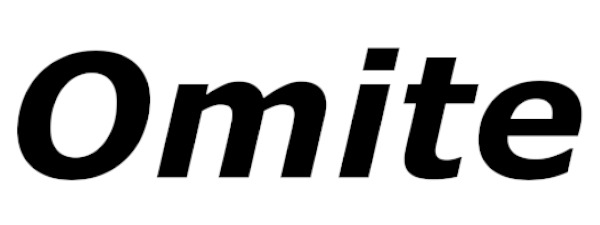



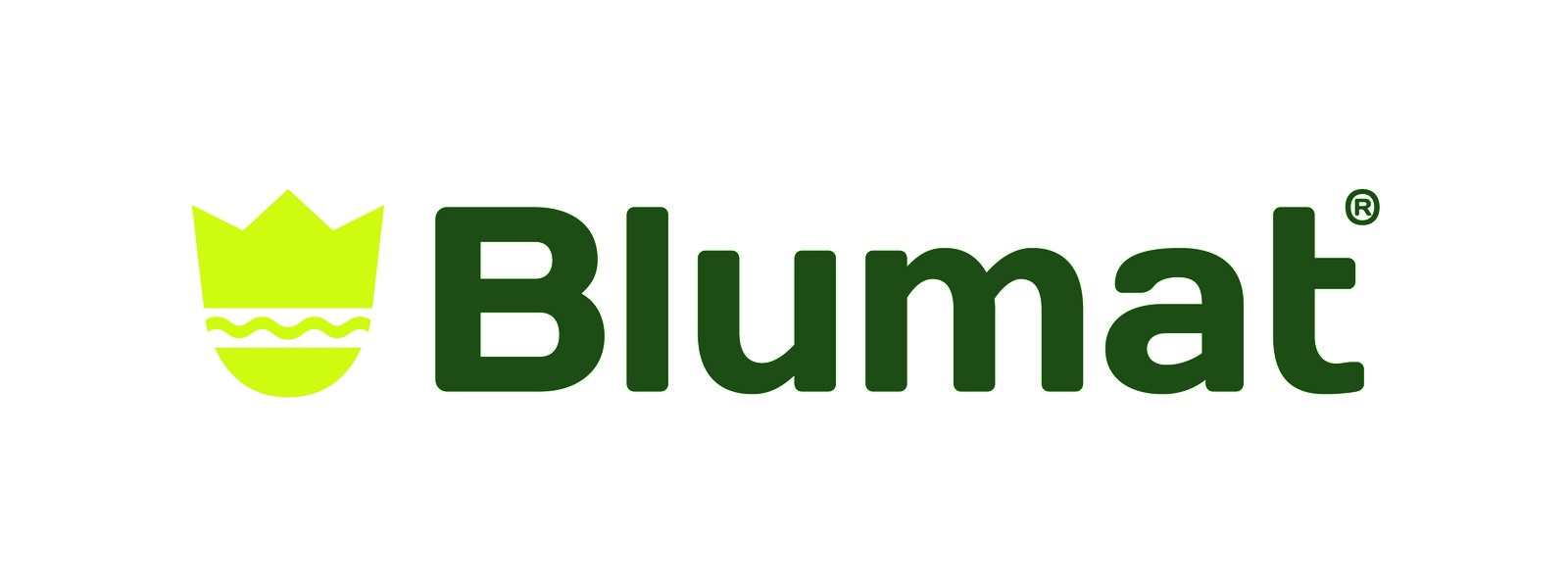
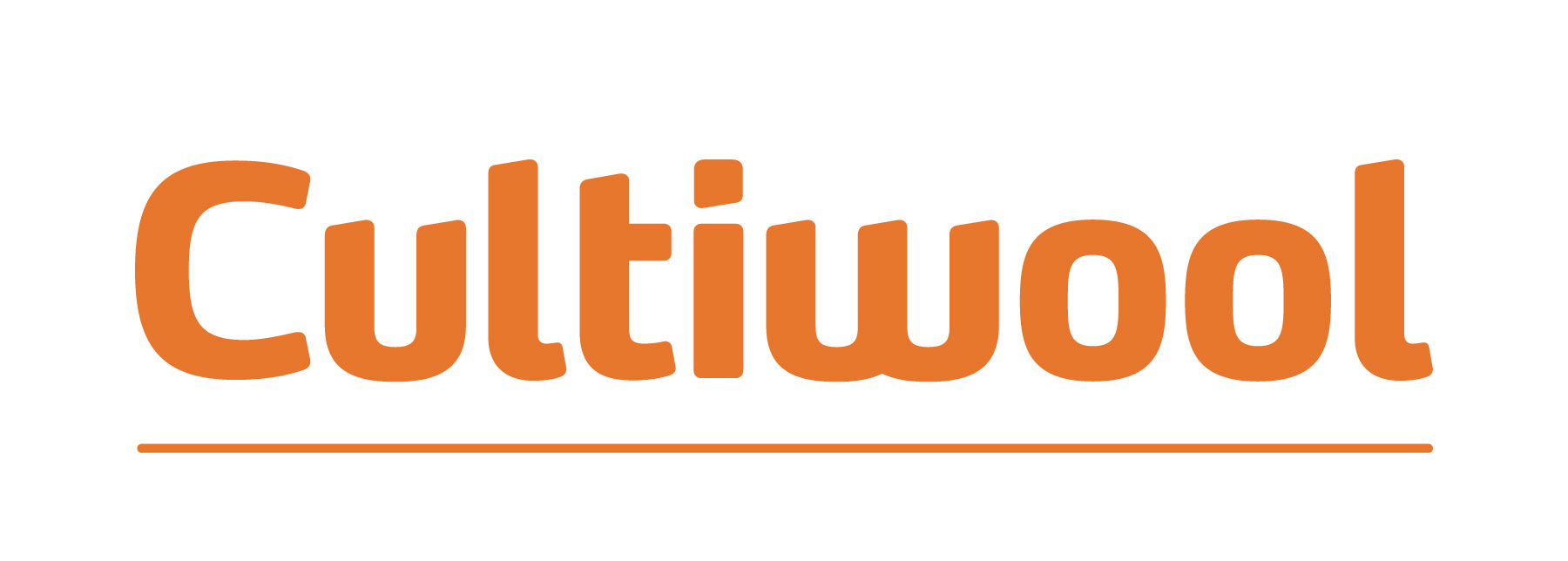







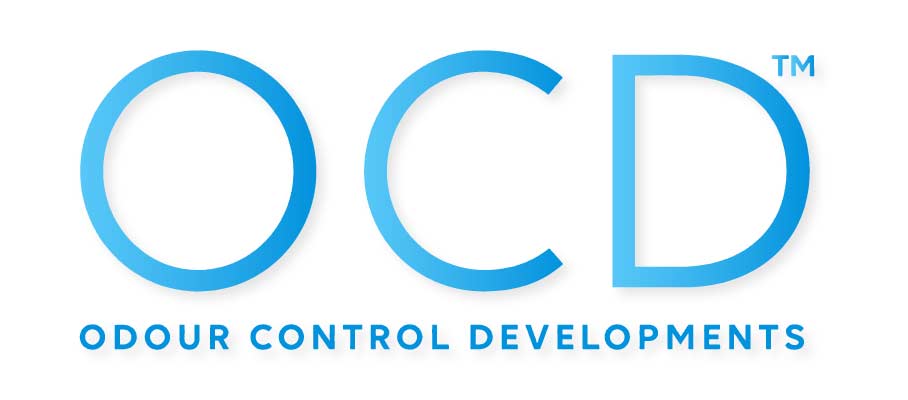

-hyalite.jpg)

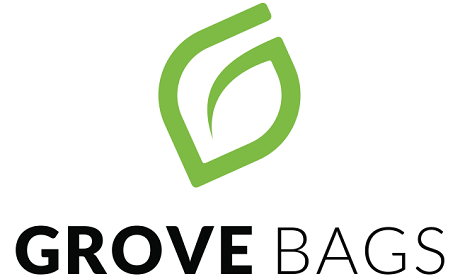


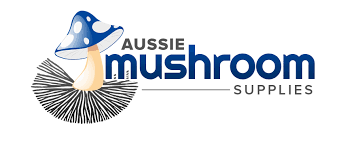
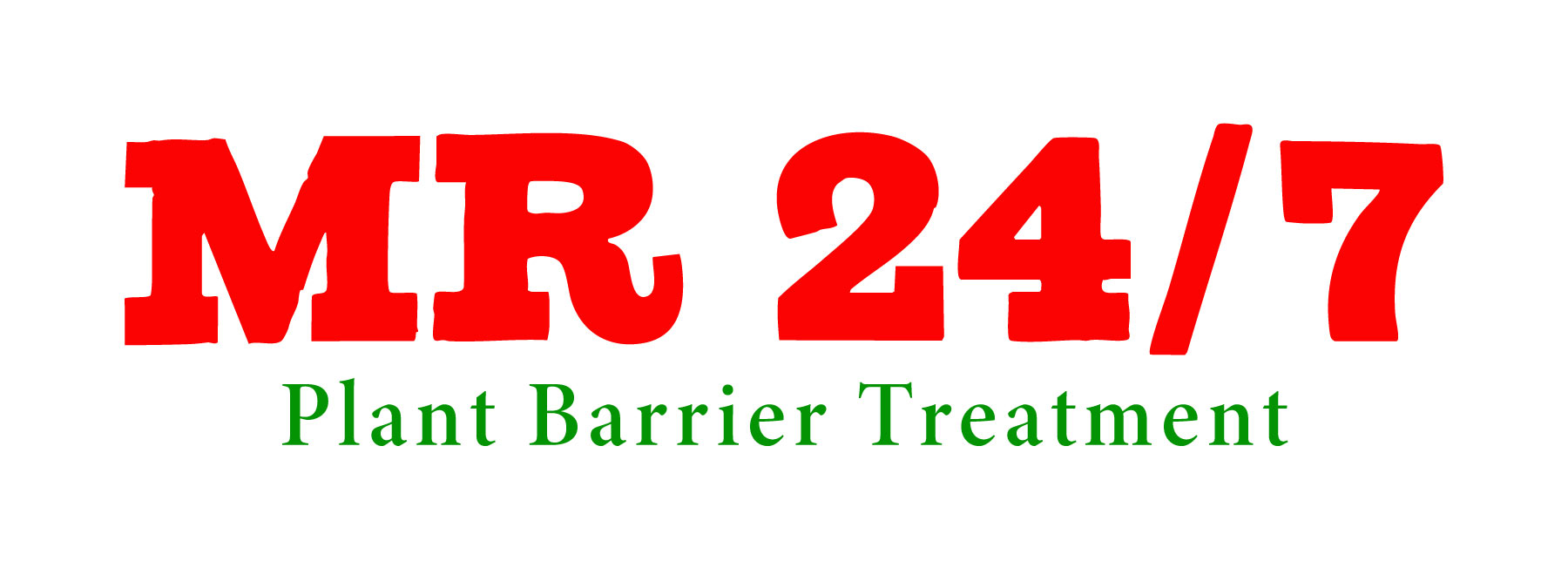





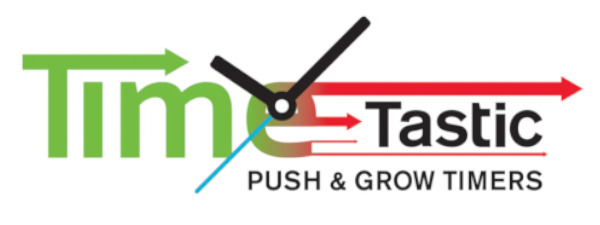



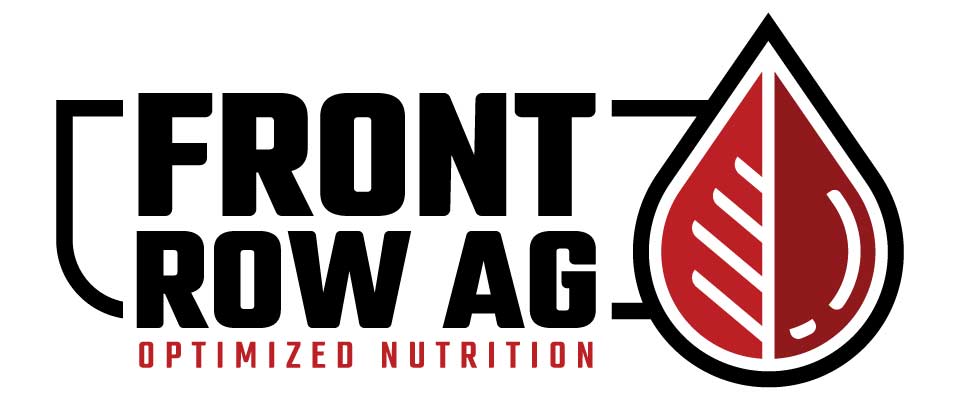
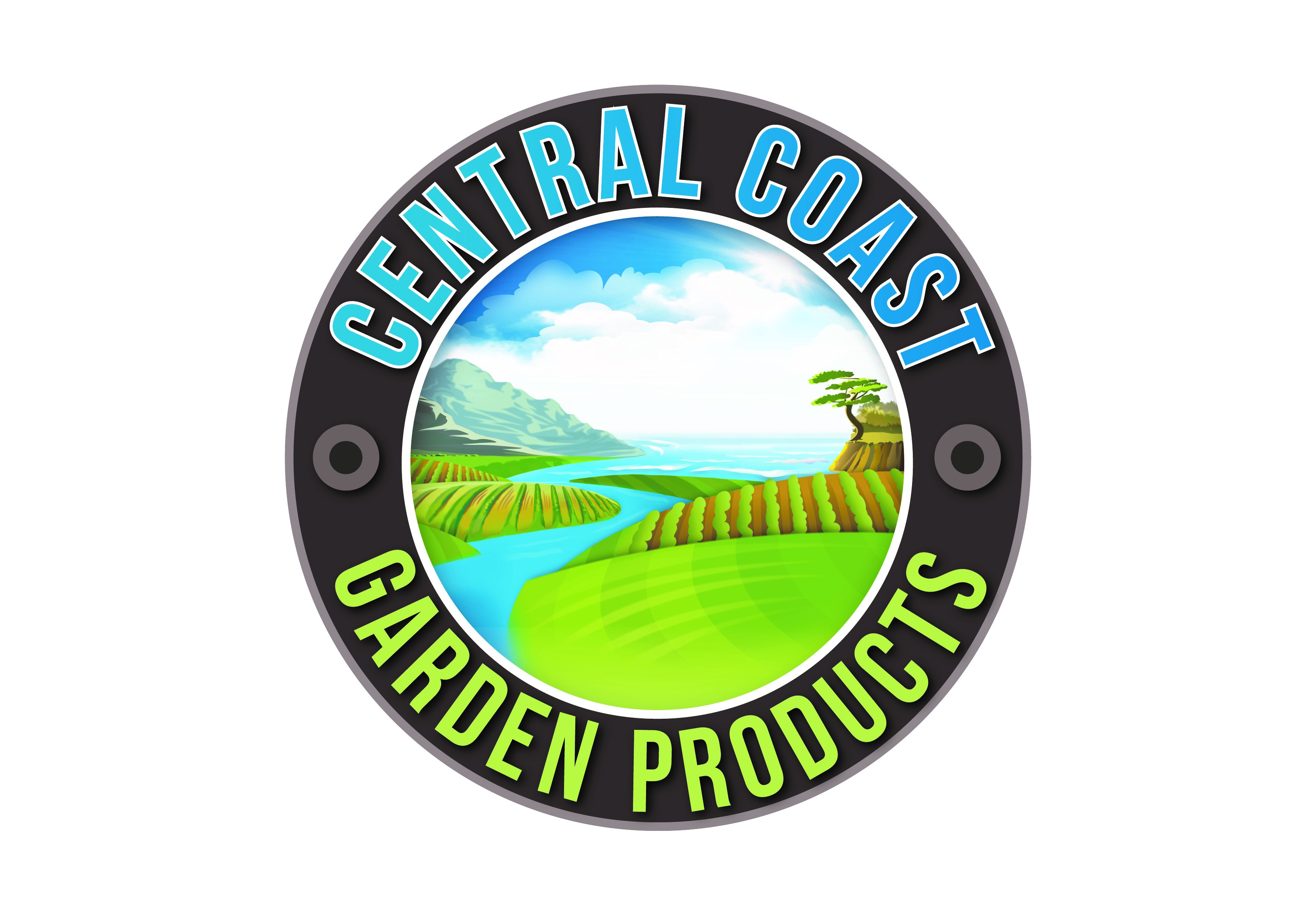


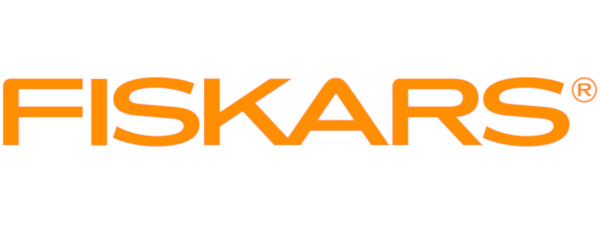




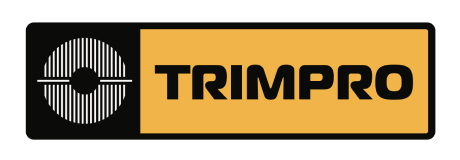

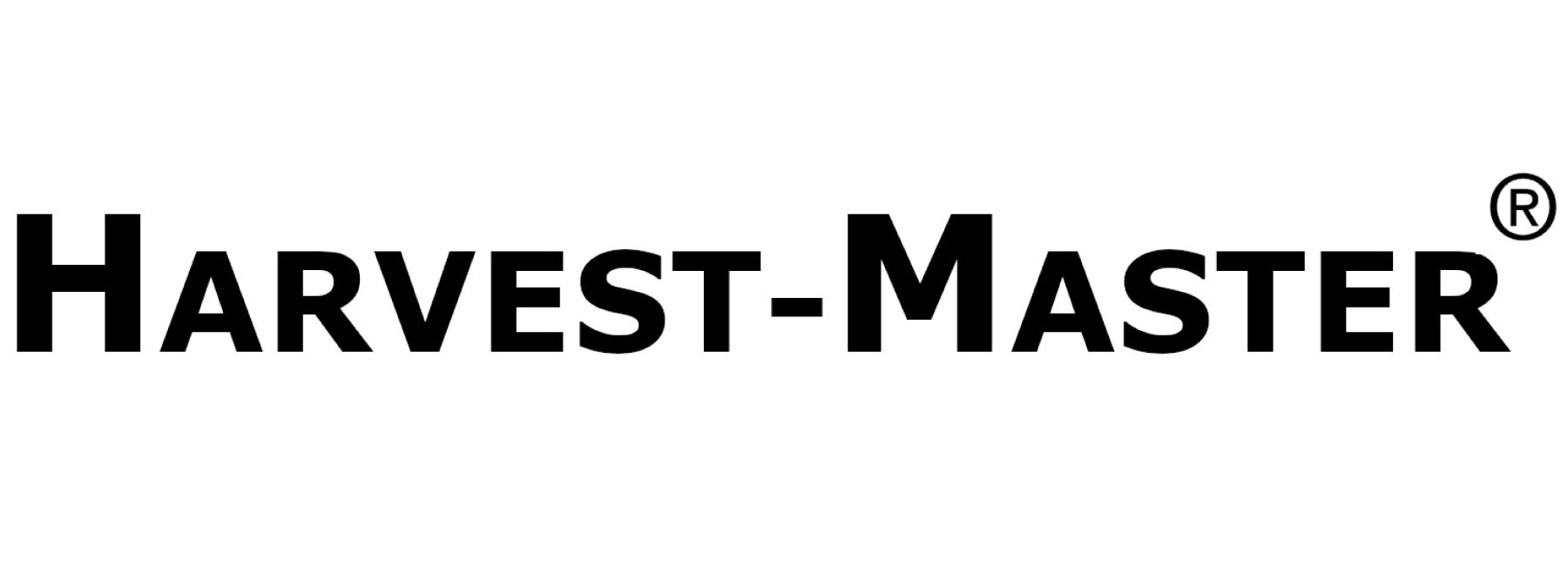





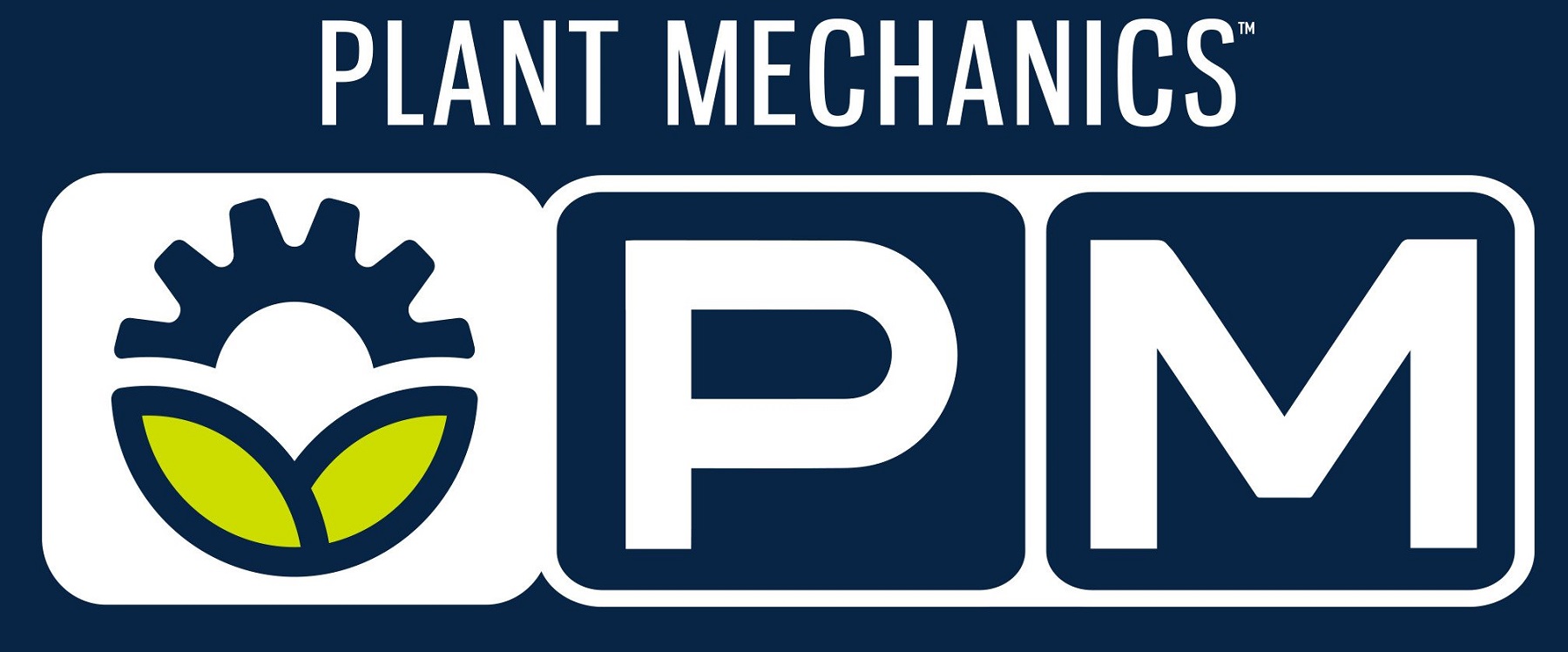



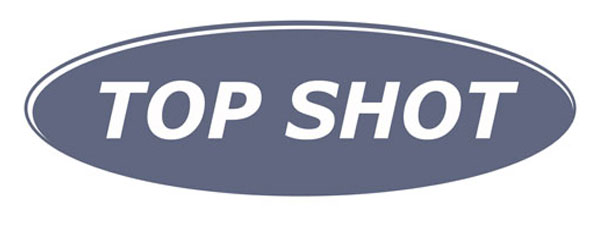







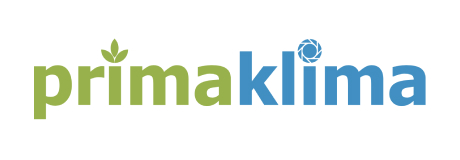






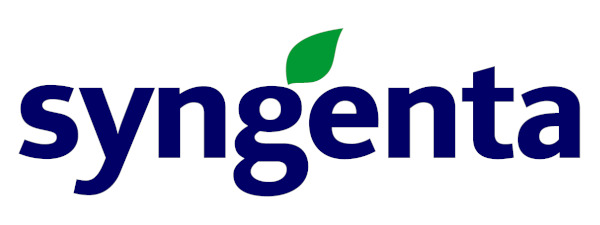
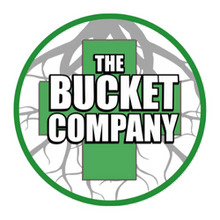
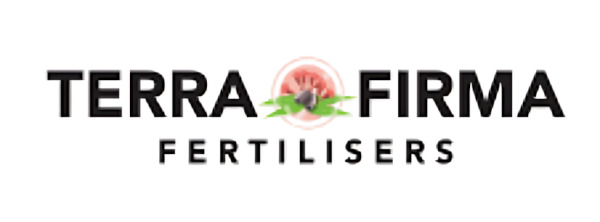

-logo.jpg)

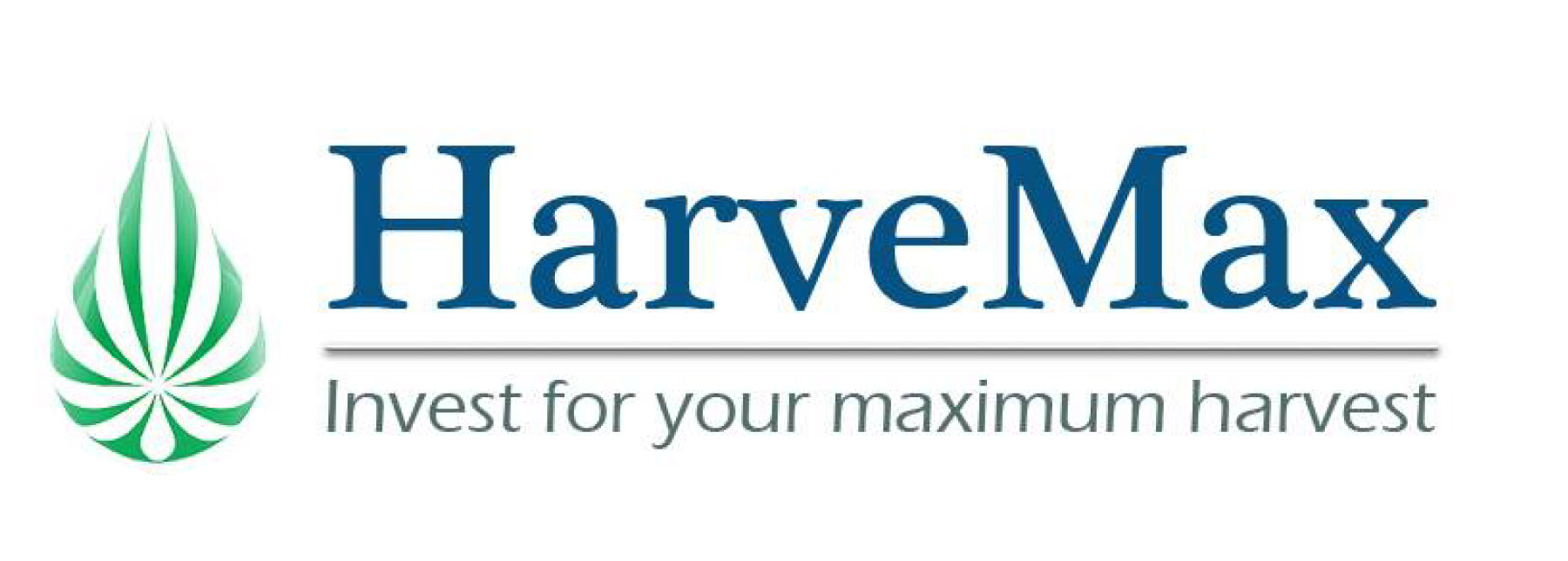
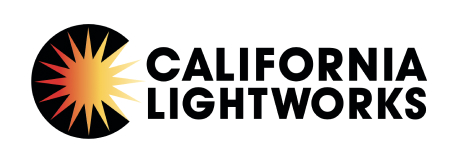
.jpg)
